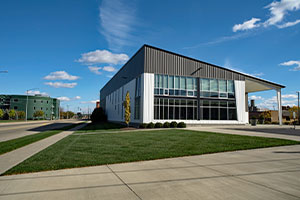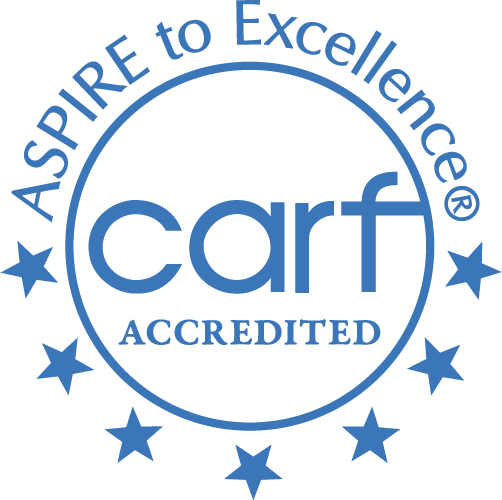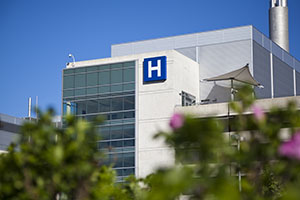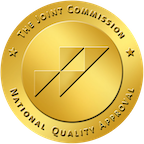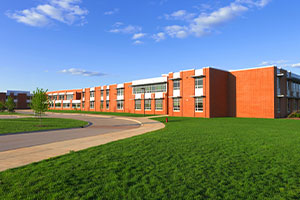Skip To Rehab Listing
Even so, for individuals struggling with drug and alcohol addiction problems, Wilmington can also offer workable solutions in the form of 32 drug and alcohol treatment facilities designed to support clients in their treatment.
Alcohol and Drug Treatment Methods and Settings
Wilmington area residents who struggle with drug and alcohol addiction have many rehab settings available to them, including the following: short term drug treatment, inpatient rehabs, long term drug addiction treatment, intensive outpatient treatment, inpatient detoxification facilities.
These rehabilitation centers make alcohol and drug rehab easy to obtain, with convenient locations and numerous different rehabilitation modalities from which to choose, including those listed here: vocational rehabilitation services, substance abuse counseling approach, behavior modification, cognitive/behavior therapy, couple/family therapy, trauma therapy.
Special Programs for Alcohol and Drug Recovery
Alcohol and drug addiction impacts every person differently. In order to address these differences and provide more customized treatment, addiction treatment programs in Wilmington provide a number of special programs for [patients such as: persons with post-traumatic stress disorder, residential beds for client's children, persons with serious mental illness, substance abuse education, social skills development, clients with HIV/AIDS.
Clients who believe they may need these special programs can discuss them with the rehab center in order to get help that is designed to increase the likelihood of sustained sobriety.
Rehab Payment Alternatives
Residents of Wilmington come from differing financial situations, making it necessary for rehabilitation programs to offer multiple payment alternatives that put rehab within financial reach. Clients can expect to get funding alternatives at local alcohol and drug rehab programs such as the following: private health insurance, private pay, sliding fee scale, medicaid, medicare, county or local government funds, state corrections or juvenile justice funds.
Regardless of a patient's financial status, payment should not be a barrier to rehab. Addiction treatment programs guide people through their payment alternatives and help them pinpoint a way to pay for their treatment.
The desired outcome of multiple rehabs, methods, programs, and payment options is that treatment for addiction is accessible for as many individuals who need it.
Commonly Asked Questions about Addiction and Treatment
What are the best options to treat drug and alcohol addiction?
Detoxification: The first step in treating addiction is often detoxification, which involves clearing the body of the substance while managing withdrawal symptoms. This process should be supervised by medical professionals in a controlled environment to ensure safety and comfort.
Medication-assisted treatment (MAT): MAT combines behavioral therapy with medications to address the physical aspects of addiction. For example, medications such as methadone, buprenorphine, and naltrexone can be used to treat opioid addiction, while disulfiram, acamprosate, and naltrexone may be prescribed for alcohol addiction.
Inpatient treatment: Inpatient or residential treatment programs provide a structured environment with 24-hour care and support. These programs typically offer a combination of individual therapy, group therapy, and educational sessions to address the various aspects of addiction and recovery.
Outpatient treatment: Outpatient programs allow individuals to receive treatment while maintaining their daily responsibilities, such as work or school. These programs typically involve regular therapy sessions, support groups, and may also include medication management.
Cognitive-behavioral therapy (CBT): CBT is a widely used therapy that helps individuals identify and change unhealthy thought patterns and behaviors related to substance use. CBT teaches coping skills and strategies for managing cravings and preventing relapse.
Motivational interviewing: Motivational interviewing is a client-centered approach that helps individuals explore their ambivalence about change and strengthen their motivation to engage in the recovery process.
Contingency management: Contingency management uses positive reinforcement, such as rewards or incentives, to encourage abstinence from substances and promote healthy behaviors.
Family therapy: Family therapy involves working with the individual and their family members to address relationship issues and improve communication. This approach recognizes the role of the family in supporting recovery and aims to create a healthier family dynamic.
Support groups: Participation in support groups, such as Alcoholics Anonymous (AA) or Narcotics Anonymous (NA), can provide peer support and encouragement throughout the recovery process. These groups offer a community of individuals with similar experiences who can share their stories and coping strategies.
Aftercare and relapse prevention: Long-term success in recovery often involves ongoing aftercare, which may include regular therapy sessions, support group meetings, and development of a relapse prevention plan. This plan helps individuals identify potential triggers and develop strategies to cope with cravings and high-risk situations.
What is the most common substance abuse disorder?
The most common substance use disorder globally is alcohol use disorder (AUD). This disorder, often referred to as alcoholism, is characterized by an impaired ability to stop or control alcohol use despite adverse social, occupational, or health consequences.
Alcohol use disorder is defined by the American Psychiatric Association in the Diagnostic and Statistical Manual of Mental Disorders (DSM-5) as a problematic pattern of alcohol use leading to clinically significant impairment or distress, as manifested by at least two of eleven criteria, within a 12-month period.
The criteria include issues like spending a lot of time drinking, or recovering from drinking, giving up important social or recreational activities in favor of drinking, developing a tolerance (needing to drink more to achieve the desired effect), experiencing withdrawal symptoms when not drinking, and continuing to drink even when it's causing physical or psychological problems.
It's important to note that substance use disorders can develop with the use of many different substances, including illicit drugs like cocaine or heroin, and legal substances like alcohol or prescription medications. The prevalence of these disorders can vary by region and demographic group.
Regardless of the substance involved, these disorders can have serious impacts on individuals' physical and mental health, relationships, and ability to work or study. Treatment can often help people with substance use disorders to recover and lead healthy lives. If you or someone you know is struggling with substance use, don't hesitate to seek professional help.
What are the effects of drug addiction?
-
Physical health: Chronic drug use can lead to various health complications, including damage to the liver, kidneys, heart, and lungs. It can also weaken the immune system, making individuals more susceptible to infections and diseases. Furthermore, the method of drug consumption, such as injecting, can increase the risk of blood-borne diseases like HIV and hepatitis.
-
Mental health: Drug addiction can exacerbate or cause mental health issues such as depression, anxiety, and psychosis. Prolonged drug use can also lead to cognitive impairments, affecting memory, attention, and decision-making abilities.
-
Personal relationships: Addiction often strains relationships with family and friends, leading to social isolation and a breakdown of support networks. Trust issues, conflict, and emotional distress can arise as a result of drug-seeking behaviors and the impact of addiction on the individual's life.
-
Financial consequences: Drug addiction can result in financial instability due to the costs associated with obtaining drugs and the potential loss of employment or income. This can lead to poverty, homelessness, or further dependence on social support systems.
-
Legal issues: Drug use and addiction can lead to criminal activity, both directly (through possession or distribution of illegal substances) and indirectly (through actions taken to acquire drugs or money to buy drugs). This can result in legal consequences such as arrest, imprisonment, or fines.
-
Overdose and death: The risk of overdose and death is significantly increased among individuals with drug addiction. Overdose can occur as a result of taking too much of a drug or mixing substances, which can lead to fatal consequences.
-
Impact on society: Drug addiction has far-reaching effects on society, including increased healthcare costs, lost productivity, crime, and the burden on the criminal justice system. Additionally, drug addiction can contribute to social stigma and discrimination, further exacerbating the challenges faced by those struggling with addiction.
